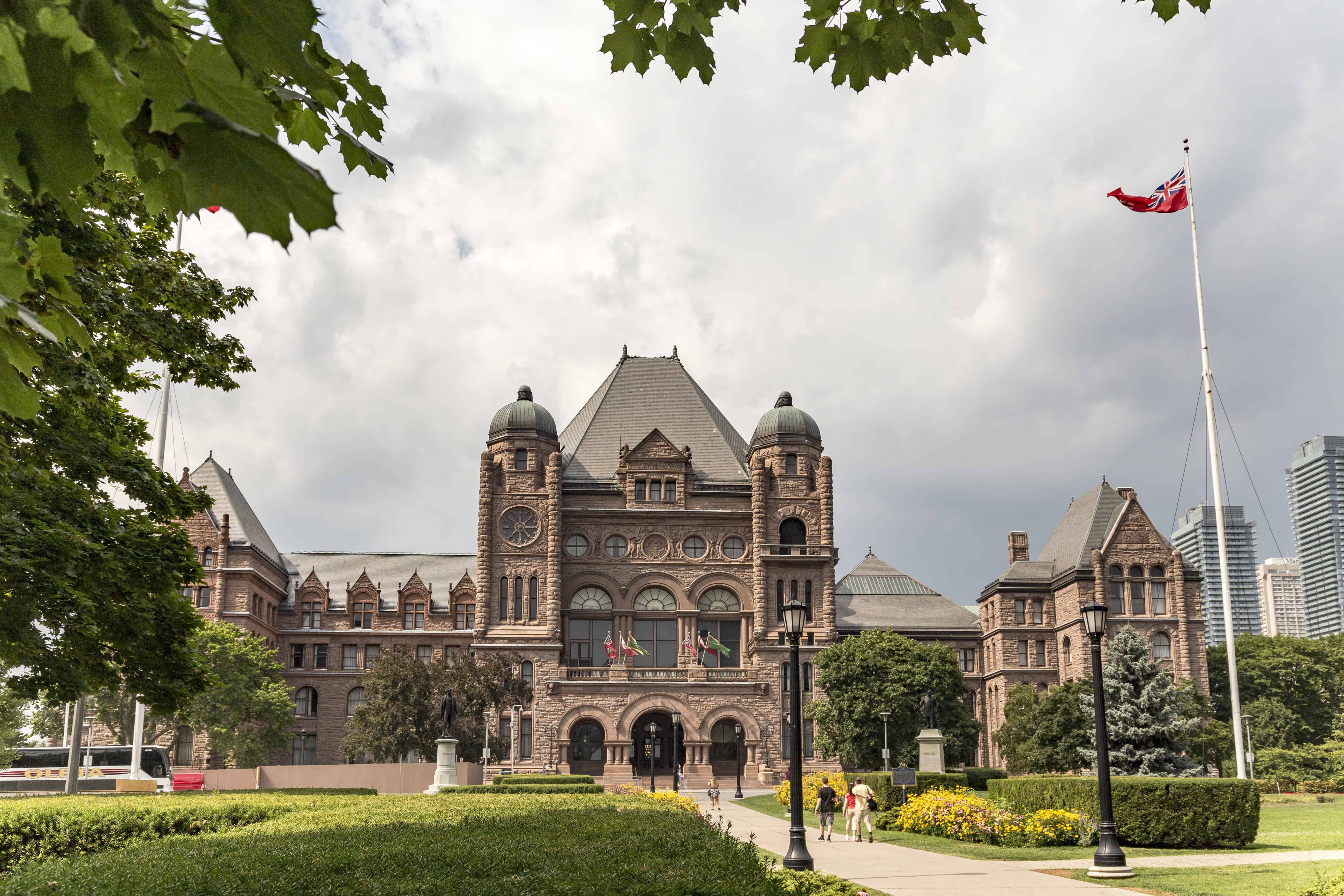The province of Ontario implemented a policy in 2013 to cap year tuition hikes at three percent until 2017, the same year that recently announced tuition grants are set to take effect.
The Ontario Liberal government announced the Ontario Student Grant (OSG) in March of 2016. They claim that the new program will make tuition largely free for students who come from families with household incomes of $50,000 or less in 2017.
Ontario post-secondary institutions receive the lowest per-student grants and have the highest undergraduate university fees in the country.
The province faced criticism in 2013 from post-secondary institutions and student unions for decreasing the tuition hike cap from five per cent to three per cent per year. Opponents argued that the decrease in funds to schools was not coupled with an increase in provincial post-secondary investment to compensate for the schools’ funding deficits.
The Canadian Federation of Students was disappointed in this decision because the three per cent rate was one per cent higher than the inflation rate at the time. They asked for a tuition freeze and cut of 30 per cent over the following three years.
According to the Ontario Ministry of Training, Colleges and Universities’ 2013 Tuition Fee Framework Guidelines, while tuition fee increases for undergraduate Arts and Science programs were firmly capped at three per cent, undergraduate professional programs had a cap allowance of up to five per cent, with a university-wide imposed average of three per cent.
The hike cap was also inapplicable to international students’ tuition.
Tuition grants and the budget
There was no mention of updating the hike rate in the 2016 Ontario budget. The upcoming tuition grant program for low-income students was planned as a response to the persistent gap in the likelihoods of attending college or university between people of lower income brackets and people of higher income brackets; it was meant to increase enrollment for people who are underrepresented in higher education.
Ontario students from households with incomes of $30,000 have a 38 per cent chance of attending college or university, while students from households with incomes of $110,000 have a 63 per cent chance.
In Chapter V of the 2016 budget, the province proposed to discontinue tuition and education tax credits and reinvest that money in the renewed Ontario Student Grant or other education programs, stating that “grants are more effective than tax credits at targeting financial support to students with the greatest needs and providing support upfront.”
The budget shows that the OSG could cover the costs of tuition for low-income individuals up to $6,610; statistics demonstrate that the average tuition is closer to $8,000. This gap is likely due to the primary use of arts and science programs; it does not accurately represent the tuition cost of professional programs with deregulated tuition.
Ontario Premier Kathleen Wynne has commented on the language used by the government to describe the tuition program, stating that the shortfall could be made up through a summer job and the language will likely evolve to reflect the true proportion of financial aid actually dispensed to students with household incomes of less than $50,000. Meanwhile, students await an answer as to what will happen to tuition fee hikes when the cap is lifted.
Other provinces
Earlier this year, New Brunswick rolled out a similar grant-based plan, where students from families earning less than $60,000 a year are expected to receive substantial bursaries covering the cost of their tuition fees. Students attending publicly-funded post-secondary institutions in the province will be offered the “upfront, non-repayable assistance” through the Tuition Access Bursary starting in the 2016–2017 school year.
The policy evoked criticism for reportedly allotting the new Tuition Access Bursary a lower funding total than its preceding financial assistance program for students.
Similar concerns in British Columbia followed the government’s announcement of a two per cent tuition cap policy in March of this year, when some post-secondary institutions in the province were accused of raising mandatory fees in order to account for the cap on tuition increases.
Tuition fees across all provinces as a whole are on the rise, according to a report from the Canadian Centre for Policy Alternatives. The report states that “average tuition and other fees for Canadian undergraduates have tripled between 1993–94 and 2015–16, ranging from an increase of 35% in Newfoundland and Labrador to 248% in Ontario.”
Tuition accounts for nearly half of university revenue in Ontario. Provincial budgets have continuously cut investments in post-secondary institutions while imposing tuition hike restrictions. This has been known to put pressure on schools, which can result in large class sizes and reduced numbers of full-time faculty.


